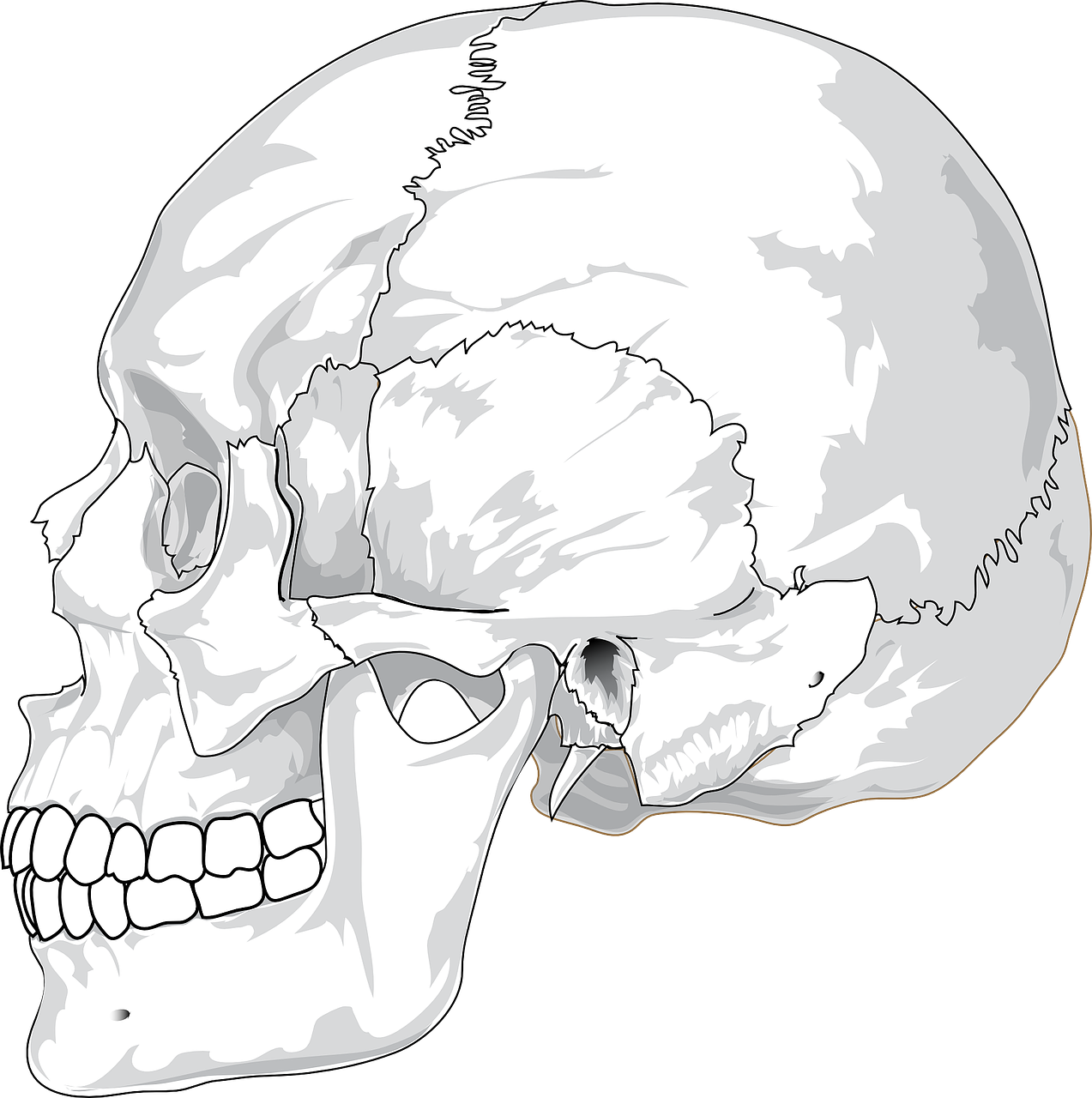The mouth and teeth are made up of a number of different components, each with their own purpose and function to assist us in eating, drinking and communicating. One of the best ways to understand how to keep your mouth healthy, and spot any unusual signs, is to know what these different components are and their importance to overall mouth function.
Composition of the mouth
At school we are taught about the different types of teeth and how they help us chew our food. As a reminder (for those of us who left school a long time ago) here is a breakdown of the teeth that make up our smile:
Teeth
- Incisors (x8): located at the front of the mouth, with four at the top and four at the bottom, these sharp teeth are used for cutting and shredding food into smaller, more manageable pieces.
- Canines (x4): commonly referred to as canine teeth, one canine sits on either side of the incisor teeth and the pointed shape of the tooth is used to grip food and help us tear through it.
- Premolars (x8): unlike the incisors and canines, our premolar teeth have a flat biting surface which helps us to crush our food during the chewing process. With two premolars positioned behind our canines, the premolars help prepare the food for the final stage of chewing at the molars.
- Molars (x8): located at the back of the mouth, molars are the largest of the teeth and their flat surface is used to crush and grind food into small pieces to aid swallowing and easy digestion.
- Wisdom teeth (x4): wisdom teeth are third molars, which usually erupt between the ages of 17-25. They may not all appear, and in some cases not at all, but if and when they do they will erupt at the very back of each quadrant, behind the last molar. Wisdom teeth can often become impacted and require extraction.
Palate
As well as the full set of teeth, our mouth also has other vital components that allow us to eat. The hard palate which forms the roof of the mouth acts as a barrier between the oral cavity (mouth) and the nasal cavity (nose). The soft palate also helps to protect the nasal cavity from the mouth’s contents when swallowing, with the help of the uvula.
Uvula and tonsils
The uvula is the part of the mouth which hangs down in the centre of the soft palate. It assists with swallowing, throat lubrication and even the pronunciation of certain sounds. To either side of the uvula are the tonsils, a collection of lymphatic tissue that plays an important role in our immune systems. By collecting cells from foreign pathogens that enter our mouth, the tonsils can trigger our body’s immune system and increase in size and blood flow to help fight illness.
Tongue
Last but not least is the tongue; this strong muscle helps us to move food, swallow, taste and speak. Our tongue also helps us to naturally keep our teeth clean and is coated with saliva, which has antibacterial properties essential for oral hygiene.
Composition of the teeth
As well as understanding the different types of teeth that make up our mouths and the role they play in chewing food, it is also important to know the composition of the tooth to understand dental hygiene and how your teeth are kept strong and healthy.
Enamel
The crown of the tooth is covered in a thin layer of enamel, a particularly strong substance which contains the highest level of mineral substance in the whole body. It is one of the four major tissues which make up the tooth and its primary purpose is to act as a barrier between the more sensitive components of the tooth and harmful bacteria or substances which enter our mouths. Due to its relative thinness, it is critical to try and preserve the enamel and keep it healthy as possible. If tooth enamel is lost due to decay or wear, the tooth becomes much more prone to disease.
Dentine
Below the enamel is dentine, a less-brittle substance which acts as support to the enamel, and also protects the pulp chamber below, the inner-most part of the tooth which houses the blood vessels and nerves that supply the tooth. Dentine has a yellowish colour and due to the translucency of enamel, this is where the natural colour of our teeth comes from.
Pulp
Dental pulp is connective tissue which is situated in the pulp chamber at the heart of the tooth. It extends into the tooth through each root canal, and meets in the middle below the enamel and dentine in the crown of the tooth. As well as the nerves and blood vessels that supply the tooth, the pulp also contains cells called odontoblasts, which produce dentine.
Cementum
Unlike the crown of the tooth, the root is not covered in enamel. Instead, it is covered in a substance called cementum, which helps it anchor itself to the gingivae (gums) and the alveolar bone (tooth socket). As cementum is softer than both enamel and dentine, if the root of the tooth becomes exposed due to receding gums or Periodontitis, the cementum is at risk of damage and sensitivity.
It is safe to say that the mouth is made up of a highly complex and fascinating range of components, that when cared for will help us eat, drink, swallow, speak and even fight infection for as long as we live. Our mouths go through a lot and process high levels of bacteria on a daily basis. While they do an excellent job of protecting our bodies from harmful diseases, good oral hygiene is essential to maintaining proper function of our mouth and teeth.
If you would like to speak to a skilled hygienist to gain a better understanding of how to care for your teeth, contact our team at Vitality today to arrange a consultation. For more information visit our dedicated Hygiene page.
You can also contact us if you have any current concerns about oral health problems, have noticed any changes to your mouth or are experiencing pain in the mouth, tooth or jaw. Call us today to discuss your requirements and arrange an appointment with our highly-skilled team.


